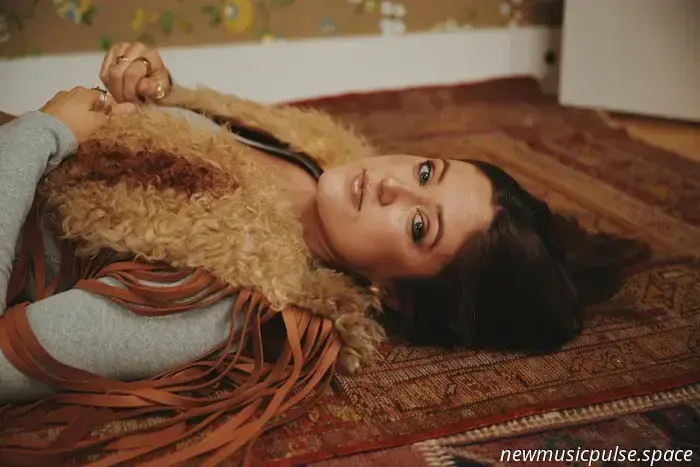
“I felt a sense of freedom while creating this album. I aimed to produce something that reflected my growth as an artist and as a person.
Goya Gumbani has a fluid concept of home, seeking refuge in both music and physical space. These musical foundations have played a significant role in shaping the Brooklyn-born, London-based rapper, who remains a bit enigmatic. Since his self-produced debut EP ‘Morta & More Doves’, Gumbani has defied genre limitations. His musical influences include “Sade, Prince, J. Dilla, and 50 Cent…” He incorporates elements from each, resulting in a completely unique sound.
Now, he delves into the delicate nuances of jazz, creating a vibrant project with full-band arrangements, influenced by an unexpected introduction to Miles Davis. “I stumbled upon Miles Davis by chance,” Gumbani recounts. “I was with a friend who was playing ‘Kind Of Blue’. I thought, ‘Yo, what the f—k is this elevator music? This is so calming.’” Wanting to present the limited edition vinyl box set as a birthday gift for her, he realized from the moment he acquired it that it truly belonged to him.
“I thought, ‘I care about her, but I can't gift this; I need to keep it.’ I kept playing it non-stop,” he adds. “Then my cousin gifted me the Miles Davis autobiography for my birthday. Unknowingly, I was absorbing Miles Davis' essence. I began meeting numerous jazz musicians in London, and naturally, we started collaborating on music. I started to experience my voice as an instrument.”
The project is a whirlwind of orchestration, providing an immersive experience of saxophones and trumpets combined with deep, emotional storytelling. In a music industry filled with fleeting connections, everything about ‘Warlord Of The Weejuns’ feels like a homemade meal. Its collaborators are all genuine friends, including Yaya Bey and Joe Armon-Jones. Gumbani also chose to avoid studio recordings, finding them too impersonal. “I attempted to work in some large studios but felt the pressure of the costs involved. I prefer making music in a bedroom or someone’s living room; we can step away, go to the kitchen, cook, watch something, and then return inspired by those small experiences,” he explains.
Freedom is the heartbeat of ‘Warlord Of The Weejuns’, capturing Gumbani’s essence of surrender. It narrates tales of love and Black identity, inspired by “pianos falling from the sky”—an intuitive exploration both inward and across continents that Gumbani undertook to discover himself. “I felt liberated in the process of creating this album. I wanted to produce something that reflected my evolution not just as an artist but as a human,” he says. “As I've grown older, my appreciation for jazz has deepened. I value the absence of lyrics. I admire how every instrument works within the framework of a song. I believe that's the magic of music: it transcends limitations. People try to categorize it for comprehension or commercialization. Yet, when you create from a genuine place, it embodies freedom.”
‘Warlord Of The Weejuns’ is now available.
Words: Jazmine Kylene
Photo Credit: Argiris Loisis
Join us on WeAre8 as we explore global cultural developments. Follow Clash Magazine HERE for a delightful journey through clubs, concerts, interviews, and photo shoots. Get backstage insights and a glimpse into our world as the excitement unfolds.
Subscribe to the Clash mailing list for the latest updates on music, fashion, and film news.


Through the art of poetic expression, singer/songwriter Madison Hughes' debut album 'All That I Am' captures her experiences of life, love, and ambition, serving as a musical snapshot of her current self.

If you had inquired pre-COVID whether UK rap radio was dead, most would have replied affirmatively with a confident nod and immediately delved into their pockets to retrieve memories of Channel U.

Neil Young is one of the most prominent figures in contemporary music, a songwriter who has generated a vast amount of analysis and critique. Many
Goya Gumbani holds a fluctuating understanding of home, discovering refuge in both music and location. These musical centers contribute to molding the